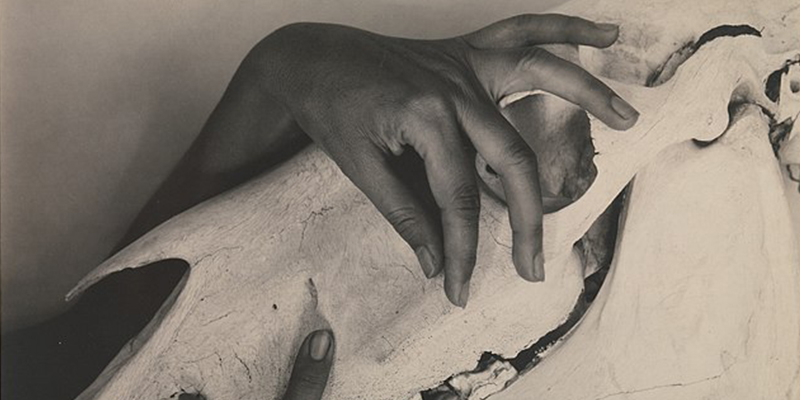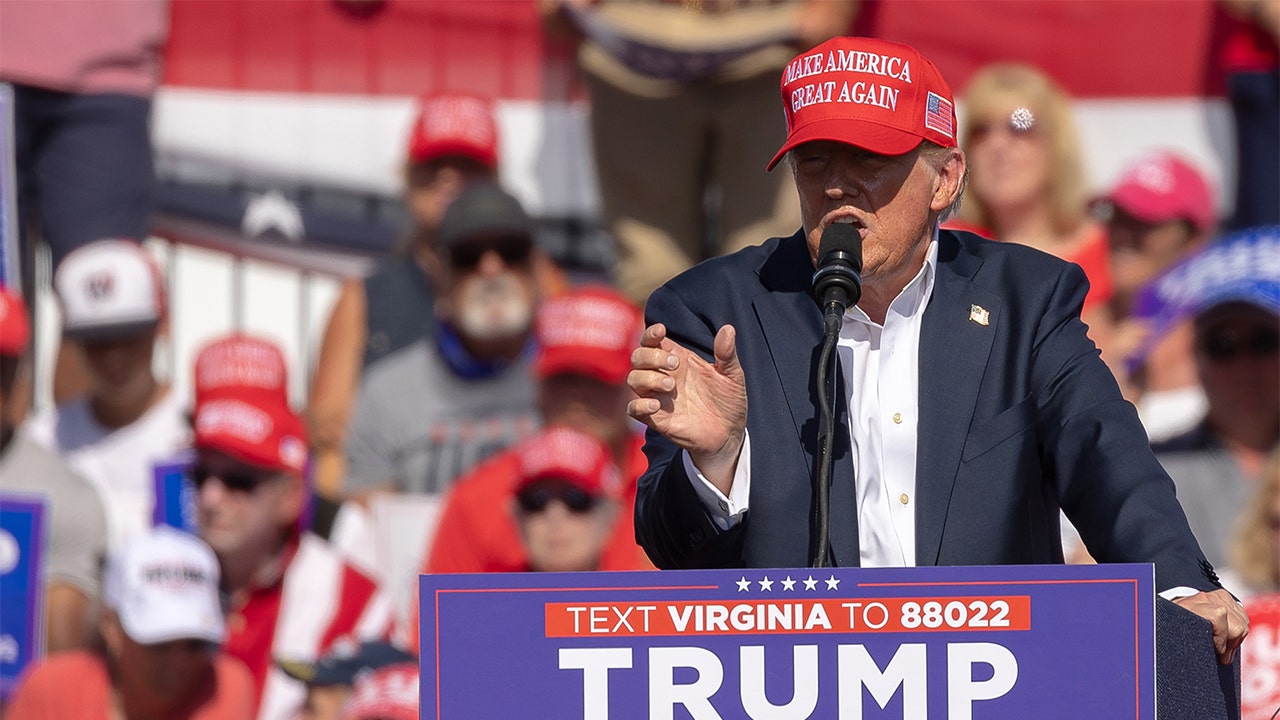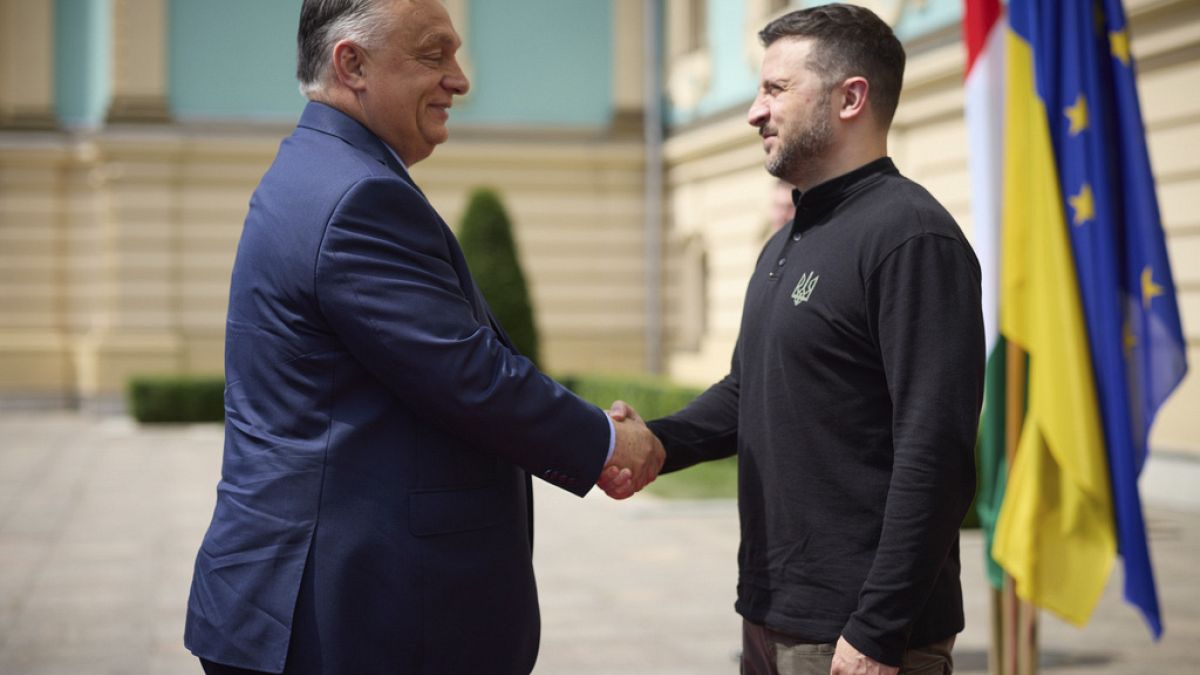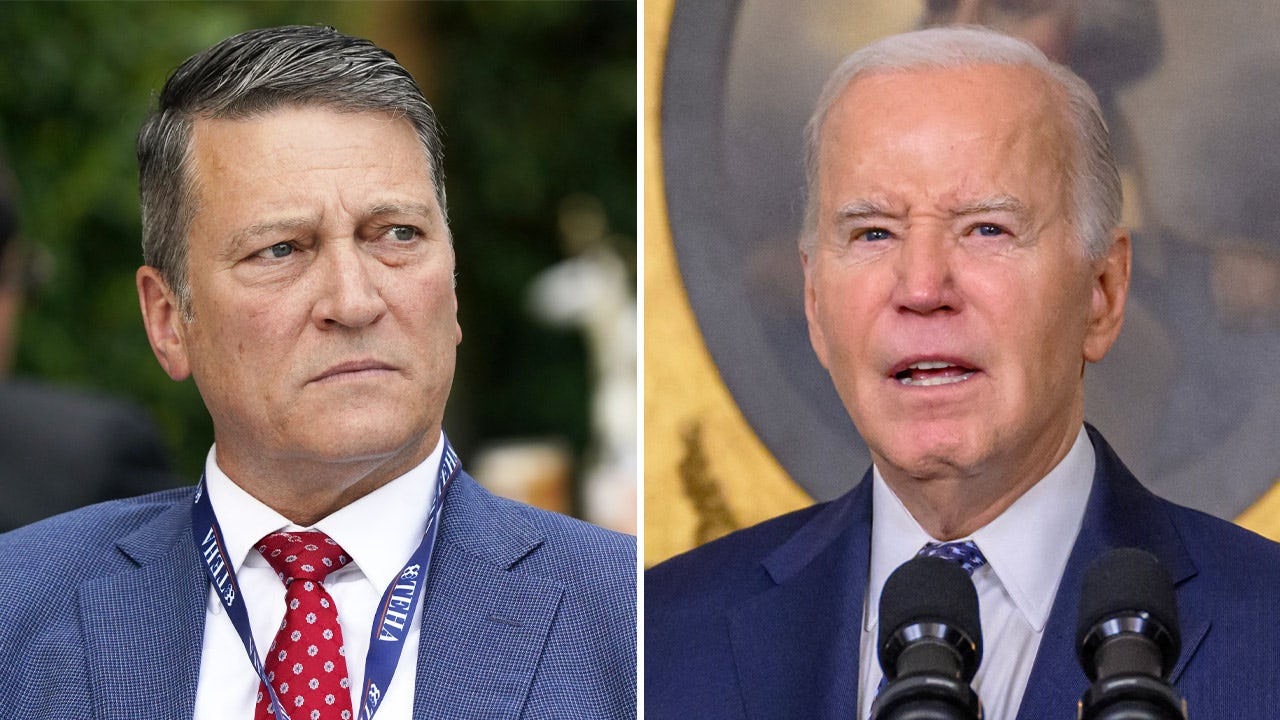New York
In Scathing Letter, New York State Criticizes Adams’s Migrant Response

A new front opened on Wednesday in an escalating battle among Democrats over how to handle large numbers of immigrants crossing the southern border and moving into major cities.
The leaders of New York City and New York State, where officials say the arrival of migrants has set off a humanitarian crisis, seemed to turn on each other this week, after the state sent a scathing letter accusing the city of resisting its help and being slow to act.
In the letter Tuesday night, a lawyer representing Gov. Kathy Hochul faulted Mayor Eric Adams’s management of New York’s migrant crisis in sharp terms, puncturing the appearance of city-state harmony that the two leaders have spent much of their tenures cultivating.
New York City is struggling to accommodate more than 100,000 migrants who have arrived after crossing the border, more than 57,000 of whom remain in city shelters. Mr. Adams has said that the city is running out of space and funds to support them, and has criticized President Biden, saying “the president and the White House have failed New York City on this issue.” His posture has infuriated top Biden aides.
Republicans have already homed in on the migrant crisis to attack Democrats ahead of the 2024 elections. Ms. Hochul has been cautious about taking any actions — such as executive orders to compel unwilling counties to take in migrants — that could lead them to amplify those attacks.
So far, Mr. Adams and other Democrats have focused much of their fire on the White House. The state’s letter could disturb that dynamic.
In an apparent attempt to fend off even costlier new requests from the Adams administration, the letter criticizes the city for failing to accept numerous state offers of assistance over the last year, including the use of more than a dozen state-controlled sites that it said could be converted into shelters to house more than 3,000 migrants.
It blames the city for being slow to act, saying the Adams administration ignored a suggestion to begin setting up large “tent-based or base camp sites” for single adult men beginning in June 2022, waiting months to do so. (A spokesman for the governor later clarified that state officials pushed for congregate shelters in July, and tent camps in the fall.)
The letter also says the city did not prioritize helping migrants fill out paperwork to start getting their work permits, meaning thousands who could now be working are not.
“The city has not made timely requests for regulatory changes, has not always promptly shared necessary information with the state, has not implemented programs in a timely manner, and has not consulted the state before taking certain actions,” the state’s lawyer, Faith E. Gay, wrote.
She added: “The city can and should do more to act in a proactive and collaborative manner with the state.”
The 12-page letter, which was obtained by The New York Times, constituted Albany’s formal response to a list of requests the city privately presented to a state judge in Manhattan last week as part of a legal proceeding over how to care for the influx of migrants.
In a separate letter last week, the contents of which have not been previously reported, the city laid out its requests to the state, asking it to cover two-thirds of the cost of sheltering the migrants “in the absence of meaningful federal funding.”
The letter, signed by the city’s assistant corporation counsel, Daniel R. Perez, asked the state to assert more organizational ownership of the problem by implementing “a statewide relocation program to resettle groups of new arrivals throughout the state’s counties in proportion to the counties’ respective share of the state population.”
While migrants have been arriving in New York City in large numbers since last year, their presence has recently grown more visible. It has become commonplace to see migrant women and children selling candy on city subways. And the city’s choices of sites to place shelters, including soccer fields, recreation centers and a parking lot in Queens, have angered some residents and led to protests.
In late July and early August, the city left hundreds of migrants to sleep on the sidewalk outside the Roosevelt Hotel in Midtown Manhattan, which has been turned into a city intake center, even though the city reportedly had hundreds of beds available in shelters.
In response, the Legal Aid Society asked a State Supreme Court in Manhattan to step in to enforce the city’s court-ordered mandate to provide housing to every homeless person who requests it. The judge overseeing the case then ordered the city to identify “the resources and facilities owned, operated and/or controlled by the state” that could help it keep the migrants housed and indicated she would push the state to take a more active role.
The city responded last Wednesday, with the letter requesting the state fill the void left by the federal government, by footing more of the bill and implementing a statewide resettlement plan.
Ms. Hochul’s forceful rebuke was the latest fissure among Democrats in response to the migrant crisis.
For months, New York Democrats, including the governor and the mayor, have blamed President Biden for a weak federal response and have demanded he provide more funding, expedite work permits for migrants and free up federal facilities where they may be housed.
But Ms. Hochul herself has increasingly been the target of criticism, as well. The mayor, as well as community organizations aiding migrants, has called on the governor to take a more hands-on approach to ease New York City’s burden.
“The governor’s response so far has been disturbingly inadequate,” said Dave Giffen, the executive director of Coalition for the Homeless, an advocacy group. “From Day 1, she should have been involved here on the front lines. This is a state issue.”
Avi Small, a spokesman for Ms. Hochul, said Wednesday morning that the governor “is grateful to Mayor Adams and his team for their work to address this ongoing humanitarian crisis.” He added: “Governor Hochul has deployed unprecedented resources to support the City’s efforts and will continue working closely with them to provide aid and support.”
Fabien Levy, the city’s deputy mayor for communications, said the city appreciated the state’s funding promises and its offer of a new shelter site, in the parking lot of the Creedmoor Psychiatric Facility in Queens, which opened yesterday.
“But because this is such a significant crisis, we need more,” he said, “including more space around the state and a statewide order that bars localities from passing ordinances that prevent asylum seekers from being relocated to other parts of New York State.”
Ms. Gay, who wrote the letter sent Tuesday night by the state, is a lawyer at Selendy Gay Elsberg, a city-based firm. Ms. Hochul retained the firm last week after the state attorney general took the unusual step of declining to represent her, citing a “philosophical difference” over the state’s role in managing the crisis.
Ms. Hochul’s response may also reflect another calculation. New York City has a legal obligation to provide a bed to anyone who asks for it. Ms. Hochul indicated last week that she was concerned the judge might extend the “right to shelter” mandate statewide.
The city asked the courts in May to relieve it of its own obligation — so far without success.
In the meantime, the city asked the state in its letter “to consider engaging with neighboring states to arrange for the resettlement of new arrivals outside the state.”
It specifically requested shelters at the Javits Center in Midtown Manhattan, vacant upstate summer camps, shuttered drug treatment facilities and State University of New York dormitories.
In its written response, the state cast itself as a “vital partner” ready to make extraordinary efforts to help the city, but appeared to reject some of the city’s proposals and chastised City Hall for moving too slowly to take advantage of existing legal and financial lifelines.
For example, the state has promised to spend $1.5 billion this fiscal year to, among other things, reimburse the city for shelter costs and provide nearly 2,000 National Guard members to staff migrant sites. The state’s letter said that it had already advanced $250 million of those funds, but had only received reimbursement documentation from the city for $138 million.
The state noted that it was providing the funds, “despite public reporting that raises substantial questions about the operations and conduct of the City’s primary contractor.” The letter refers to a New York Times report about the city’s reliance on a problem-plagued medical services company, DocGo, which won a $432 million no-bid contract.
The state said it had also offered to pay for 1,250 migrant households to move out of the city and fund a year of their rent. But its letter said city officials had given the state a list of only 252 households — just 17 of which “have expressed a willingness to move.”
The city has said the eligibility requirements are too restrictive, and asked that the state ease requirements such as one requiring migrants to complete asylum applications before arriving.
And though the state has offered to let the city use more than a dozen separate state sites in New York City as shelters — including armories, college gyms and the Aqueduct Racetrack in Queens — that together could house more than 3,000 migrants, “the city has not accepted these offers,” the state said.
The governor’s lawyer also suggested that a statewide resettlement plan, the city’s first request, was unfeasible.
“Many migrants will not willingly move outside of the city, and the state will not sanction a policy of involuntarily relocating individuals or families within or beyond state borders,” the Hochul administration’s letter reads.
“As one example of the negative impacts of such efforts, on Aug. 7, 2023, the city sent a bus of 77 individuals to Rochester, New York, and 30 of those individuals refused to get off the bus and returned to the city.”
Andy Newman contributed reporting.

New York
We Counted 22,252 Cars to See How Much Congestion Pricing Might Have Made This Morning

Today would have been the first Monday of New York City’s congestion pricing plan. Before it was halted by Gov. Kathy Hochul, the plan was designed to rein in some of the nation’s worst traffic while raising a billion dollars for the subway every year, one toll at a time.
A year’s worth of tolls is hard to picture. But what about a day’s worth? What about an hour’s?
To understand how the plan could have worked, we went to the edges of the tolling zone during the first rush hour that the fees would have kicked in.
Here’s what we saw:
Video by Noah Throop/The New York Times; animation by Ruru Kuo/The New York Times
You probably wouldn’t have seen every one of those cars if the program had been allowed to proceed. That’s because officials said the fees would have discouraged some drivers from crossing into the tolled zone, leading to an estimated 17 percent reduction in traffic. (It’s also Monday on a holiday week.)
The above video was just at one crossing point, on Lexington Avenue. We sent 27 people to count vehicles manually at four bridges, four tunnels and nine streets where cars entered the business district. In total, we counted 22,252 cars, trucks, motorcycles and buses between 8 a.m. and 9 a.m. on Monday.
We wanted to see how the dense flow of traffic into the central business district would have generated money in real time.
Though we can’t know that dollar amount precisely, we can hazard a guess. Congestion pricing was commonly referred to as a $15-per-car toll, but it wasn’t so simple. There were going to be smaller fees for taxi trips, credits for the tunnels, heftier charges for trucks and buses, and a number of exemptions.
To try to account for all that fee variance, we used estimates from the firm Replica, which models traffic data, on who enters the business district, as well as records from the Metropolitan Transportation Authority and city agencies. We also made a few assumptions where data wasn’t available. We then came up with a ballpark figure for how much the city might have generated in an hour at those toll points.
The total? About $200,000 in tolls for that hour.
Note: The Trinity Place exit from the Brooklyn-Battery Tunnel, which would have been tolled, is closed at this hour.
It’s far from a perfect guess. Our vehicle total is definitely an undercount: We counted only the major entrances — bridges, tunnels and 60th Street — which means we missed all the cars that entered the zone by exiting the Franklin D. Roosevelt Drive or the West Side Highway.
And our translation into a dollar number is rough. Among many other choices we had to make, we assumed all drivers had E-ZPass — saving them a big surcharge — and we couldn’t distinguish between transit buses and charter buses, so we gave all buses an exemption.
But it does give you a rough sense of scale: It’s a lot of cars, and a lot of money. Over the course of a typical day, hundreds of thousands of vehicles stream into the Manhattan central business district through various crossings.
Trips into tolling district, per Replica estimates Note: Data counts estimated entrances on a weekday in spring 2023. Source: Replica.
Queens-Midtown Tunnel
50,600
Lincoln Tunnel
49,200
Williamsburg Bridge
27,900
Manhattan Bridge
24,000
Brooklyn-Battery Tunnel
23,100
Queensboro Bridge
21,700
Brooklyn Bridge
17,100
Holland Tunnel
15,400
All other entrances
118,000
Total
347,000
The tolling infrastructure that was installed for the program cost roughly half a billion dollars.
The M.T.A. had planned to use the congestion pricing revenue estimates to secure $15 billion in financing for subway upgrades. Many of those improvement plans have now been suspended.
Methodology We stationed as many as five counters at some bridges and tunnels to ensure that we counted only cars that directly entered the tolling zone, not those that would have continued onto non-tolled routes.
Our count also excluded certain exempt vehicles like emergency vehicles.
We used estimates of the traffic into the district to make a best guess at how many of each kind of vehicle entered the zone. Most of our estimates came from the traffic data firm Replica, which uses a variety of data sources, including phone location, credit card and census data, to model transportation patterns. Replica estimated that around 58 percent of trips into the central business district on a weekday in spring 2023 were made by private vehicles, 35 percent by taxis or other for-hire vehicles (Uber and Lyft) and the remainder by commercial vehicles.
We also used data on trucks, buses, for-hire vehicles and motorcycles from the M.T.A., the Taxi and Limousine Commission and the Department of Transportation.
For simplicity, we assumed all vehicles would be equally likely to enter the zone from 8 a.m. to 9 a.m. as they would be in any other hour. We could not account for the other trips that a for-hire vehicle might make once within the tolled zone, only the initial crossing. And we did not include the discount to drivers who make under $50,000, because it would kick in only after 10 trips in a calendar month.
New York
Transcript of Trump Manhattan Trial, May 30, 2024

-
Jury Deliberation Re-charge
SUPREME COURT OF THE STATE OF NEW YORK
COUNTY OF NEW YORK CRIMINAL TERM
-
-
PART: 59
Χ
THE PEOPLE OF THE STATE OF NEW YORK,
-against-
DONALD J. TRUMP,
DEFENDANT.
BEFORE:
Indict. No.
71543-2023
CHARGE
4909
FALSIFYING BUSINESS
RECORDS 1ST DEGREE
JURY TRIAL
100 Centre Street
New York, New York 10013
May 30, 2024
HONORABLE JUAN M. MERCHAN
JUSTICE OF THE SUPREME COURT
APPEARANCES:
FOR THE PEOPLE:
ALVIN BRAGG, JR., ESQ.
DISTRICT ATTORNEY, NEW YORK COUNTY
One Hogan Place
New York, New York 10013
BY:
JOSHUA STEINGLASS, ESQ.
MATTHEW COLANGELO,
ESQ.
SUSAN HOFFINGER, ESQ.
CHRISTOPHER CONROY, ESQ.
BECKY MANGOLD, ESQ.
KATHERINE ELLIS, ESQ.
Assistant District Attorneys
BLANCHE LAW
BY:
TODD BLANCHE, ESQ.
EMIL BOVE, ESQ.
KENDRA WHARTON, ESQ.
NECHELES LAW, LLP
BY: SUSAN NECHELES, ESQ.
GEDALIA STERN, ESQ.
Attorneys for the Defendant
SUSAN PEARCE-BATES, RPR, CSR, RSA
Principal Court Reporter
LAURIE EISENBERG, RPR, CSR
LISA KRAMSKY
THERESA MAGNICCARI
Senior Court Reporters
Susan Pearce-Bates, RPR, CCR, RSA
Principal Court Reporter
New York
Transcript of Trump Manhattan Trial, May 29, 2024

SUPREME COURT OF THE STATE OF NEW YORK
COUNTY OF NEW YORK CRIMINAL TERM
-
THE PEOPLE OF THE STATE OF NEW YORK,
PART: 59
Indict. No.
71543-2023
CHARGE
-against-
DONALD J. TRUMP,
DEFENDANT.
BEFORE:
4815
FALSIFYING BUSINESS
RECORDS 1ST DEGREE
JURY TRIAL
X
100 Centre Street
New York, New York 10013
May 29, 2024
HONORABLE JUAN M. MERCHAN
JUSTICE OF THE SUPREME COURT
APPEARANCES:
FOR THE
PEOPLE:
ALVIN BRAGG, JR.,
ESQ.
DISTRICT ATTORNEY, NEW YORK COUNTY
One Hogan Place
New York, New York 10013
BY:
JOSHUA STEINGLASS, ESQ.
MATTHEW COLANGELO,
ESQ.
SUSAN HOFFINGER, ESQ.
CHRISTOPHER CONROY, ESQ.
BECKY MANGOLD, ESQ.
KATHERINE ELLIS, ESQ.
Assistant District Attorneys
BLANCHE LAW
BY:
TODD BLANCHE, ESQ.
EMIL BOVE, ESQ.
KENDRA WHARTON, ESQ.
NECHELES LAW, LLP
BY: SUSAN NECHELES, ESQ.
Attorneys for the Defendant
SUSAN PEARCE-BATES, RPR, CSR, RSA
Principal Court Reporter
LAURIE EISENBERG, RPR, CSR
LISA KRAMSKY
THERESA MAGNICCARI
Senior Court Reporters
Susan Pearce-Bates,
RPR, CCR, RSA
Principal Court Reporter
-

 News1 week ago
News1 week agoA Florida family is suing NASA after a piece of space debris crashed through their home
-

 Politics1 week ago
Politics1 week agoBiden official says past social media posts don’t reflect ‘current views,’ vows to support admin ‘agenda’
-

 World1 week ago
World1 week agoIsrael accepts bilateral meeting with EU, but with conditions
-

 World1 week ago
World1 week agoNetanyahu says war will continue even if ceasefire deal agreed with Hamas
-
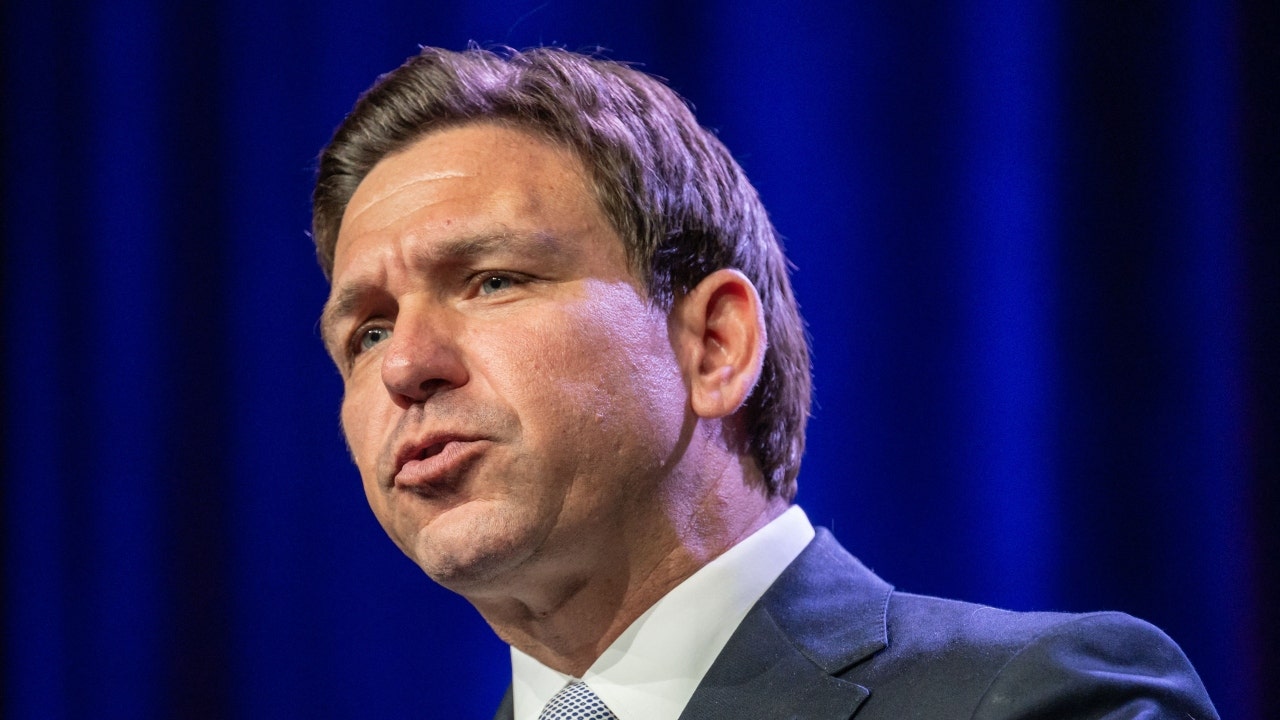
 Politics1 week ago
Politics1 week agoDeSantis signs bill allowing residents to kill bears, vetoes bill that fines slow left lane drivers
-

 News1 week ago
News1 week agoWoman accused of trying to drown Muslim child in Texas in possible hate crime
-

 Movie Reviews1 week ago
Movie Reviews1 week agoI Am: Celine Dion Movie Review: A gut wrenching account of Celine Dion’s quest to find her voice
-
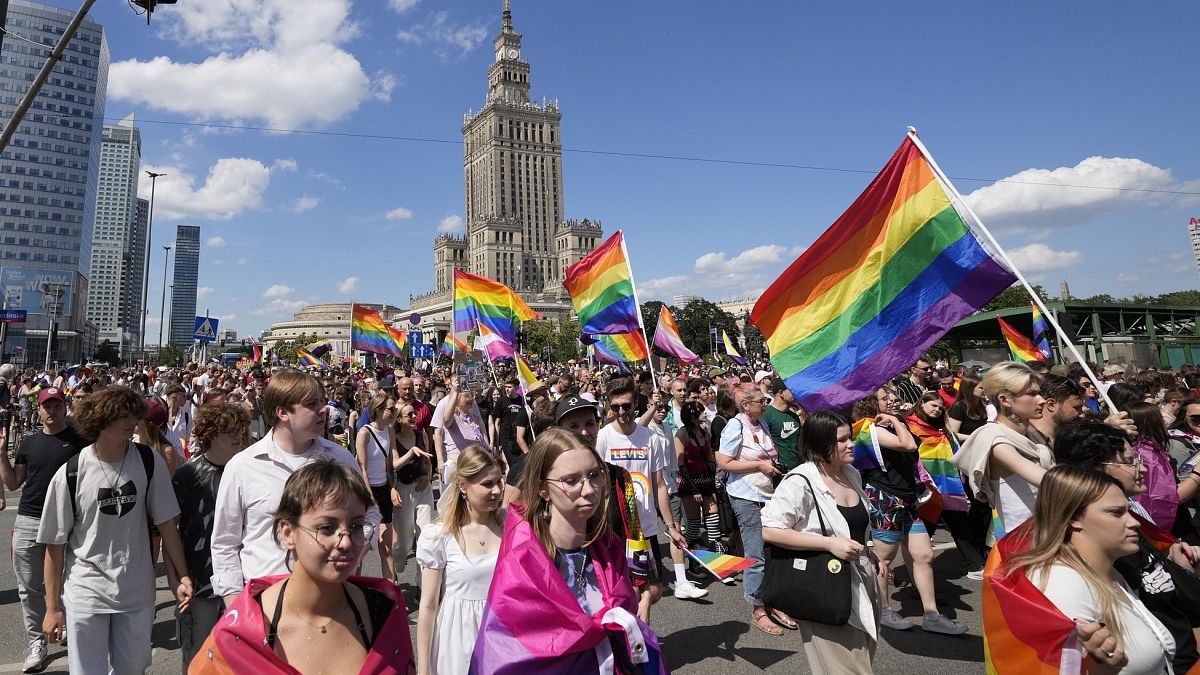
 World1 week ago
World1 week agoOver 10,000 Poles participate in Pride parade in Warsaw
